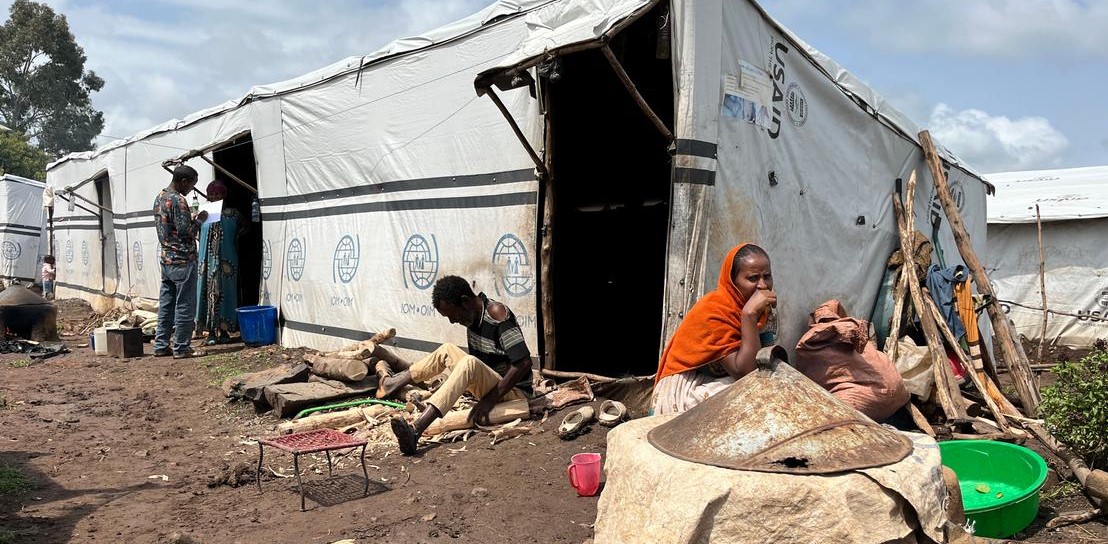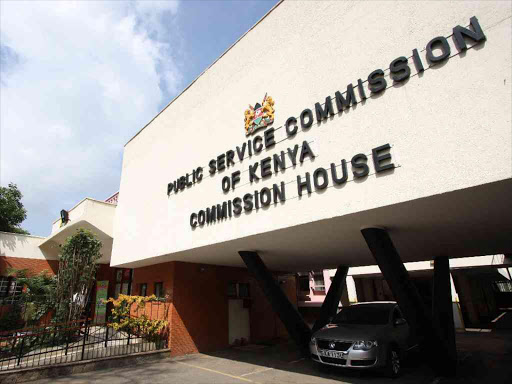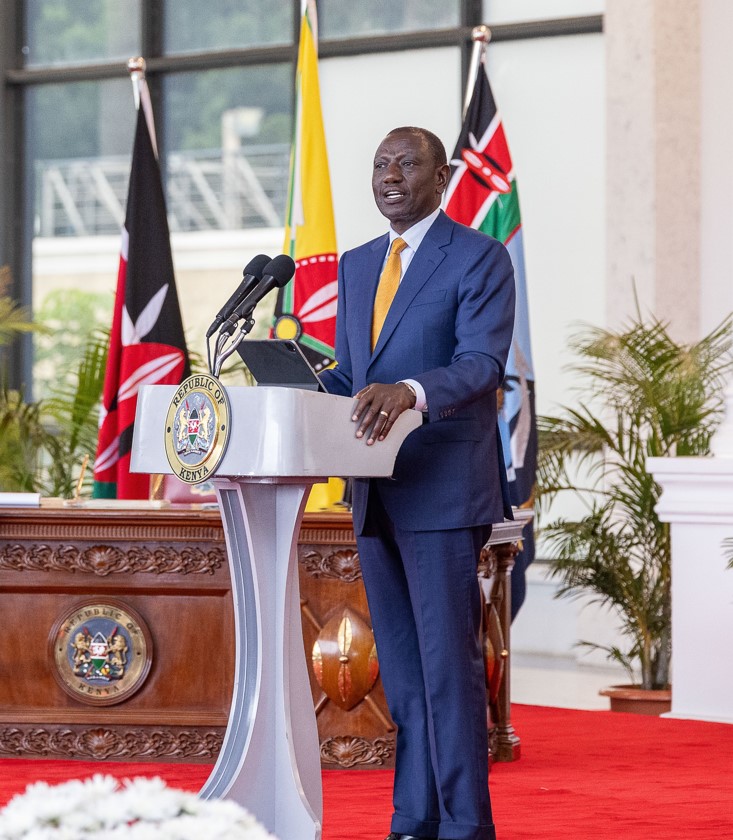Inside Sh90 million infrastructure projects to uplift Lamu urban centres

At Shanga-Ishakani in Lamu East Sub-County, the devolved unit is undertaking the construction of a seashore ladder, also known as a landing site for fishermen.
The County Government of Lamu has initiated projects worth at least Sh90 million meant to upgrade infrastructure in major towns and villages across the archipelago.
Areas set to benefit from the projects targeting both Lamu West and Lamu East Sub-Counties include Shanga-Ishakani, Tchundwa, Mbwajumwali, Ndau, Mpeketoni, Mkunumbi, Hindi Town, Shella, Hongwe and Mkomani in Lamu Old Town.
More To Read
Lamu County Roads, Transport, Infrastructure, and Public Works Chief Officer Alex Katana Jimbi said once the projects are over, they will boost the general appearance and current state of the mentioned areas.
At Shanga-Ishakani in Lamu East Sub-County, the devolved unit is undertaking the construction of a seashore ladder, also known as a landing site for fishermen.
Shanga-Ishakani is among the villages of Lamu East Sub-County considered Lamu’s fishing hubs.
The Lamu County Government has allocated Sh5 million for the project whose construction is already ongoing.
The project is expected to be completed before the end of April 2025.
“Ferrying materials has been an issue due to the terrain of the area. The mode of transport or the logistics at Shanga-Ishakani is waterboats and dhows. The contractor has started mobilizing construction materials on site,” said Jimbi.
At the Mpeketoni Agriculture Training Centre (ATC), The county government of Lamu is undertaking the construction of a cabro paving at Sh2 million.
The project is already at a 10 per cent completion rate.
A similar project is being undertaken at Mkunumbi, also in Lamu West Sub-County, for Sh6 million.
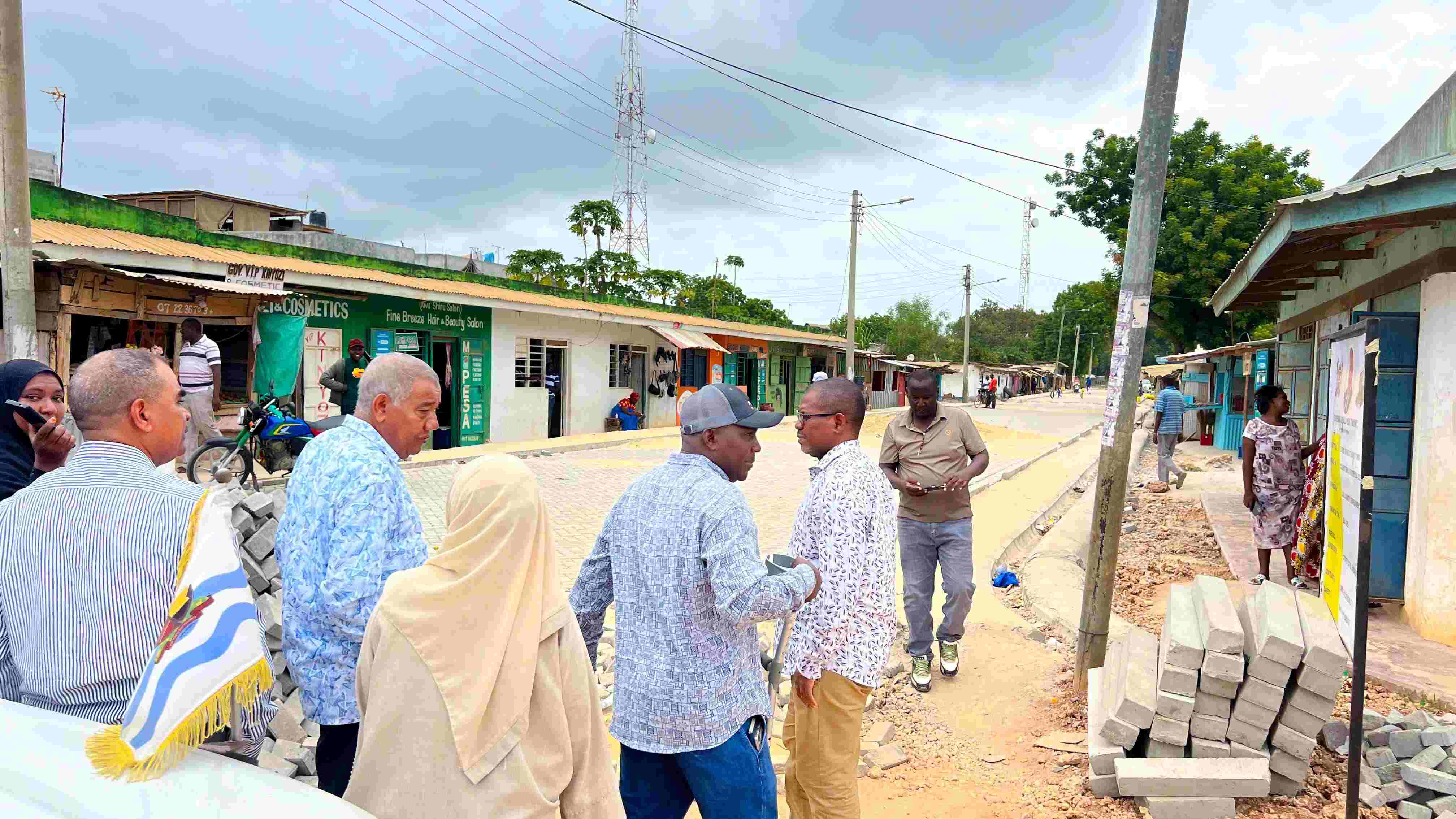 Governor Issa Timamy and other county officials inspect cabro paving at Hindi Town roads, Lamu West. (Photo: Farhiya Hussein)
Governor Issa Timamy and other county officials inspect cabro paving at Hindi Town roads, Lamu West. (Photo: Farhiya Hussein)
The Cabro paving project is also being undertaken in Shella in Lamu West for Sh5 million.
In Tchundwa Village, Lamu East, construction of concrete blocks, also known as cabro paving is also being done for Sh10 million with the project expected to be finalized before the end of the current financial year.
At Ndau village, the county government is also constructing a concrete paving walkway at a cost of another Sh10 million.
The contractor is supposed to complete the project within the contract period which is approximated to be completed by mid-March,2025.
“The contractor has already mobilized some materials on site and work is ongoing at Ndau. Once the project is done, it will boost the general look and face of the village,” said Jimbi.
At Hongwe in Lamu West, the county government of Lamu handed over a Sh8.6 million cabro paving project to the contractor who is currently mobilising materials on site as he tries to fight the fixed deadline of six to seven weeks.
At Mkomani in Lamu Old Town, a UNESCO World Heritage site, a cabro paving project is also undertaken for Sh6.5 million.
The project involves various stages as follows; at the Police Line to Swafaa Mosque Gate, cabro paving is ongoing and already at 90 percent.
The contractor has, as well, laid concrete pavement for the road diverting to the Yumbe guest house approximately about 30 metres and awaiting minor finishes to the channels.
The contractor has commenced with hacking off by removing the existing dilapidated road surface along the road passing through the Chief’s office Mkomani.
The other road will be the one connecting to the junction of Jannat house and the one at Mangrove Restaurant.
The county is also bracing for handing over the cabro paving project that was undertaken at Hindi Town for Sh10 million.
Ongoing construction is over 90 per cent complete and is expected to be ready any time from now.
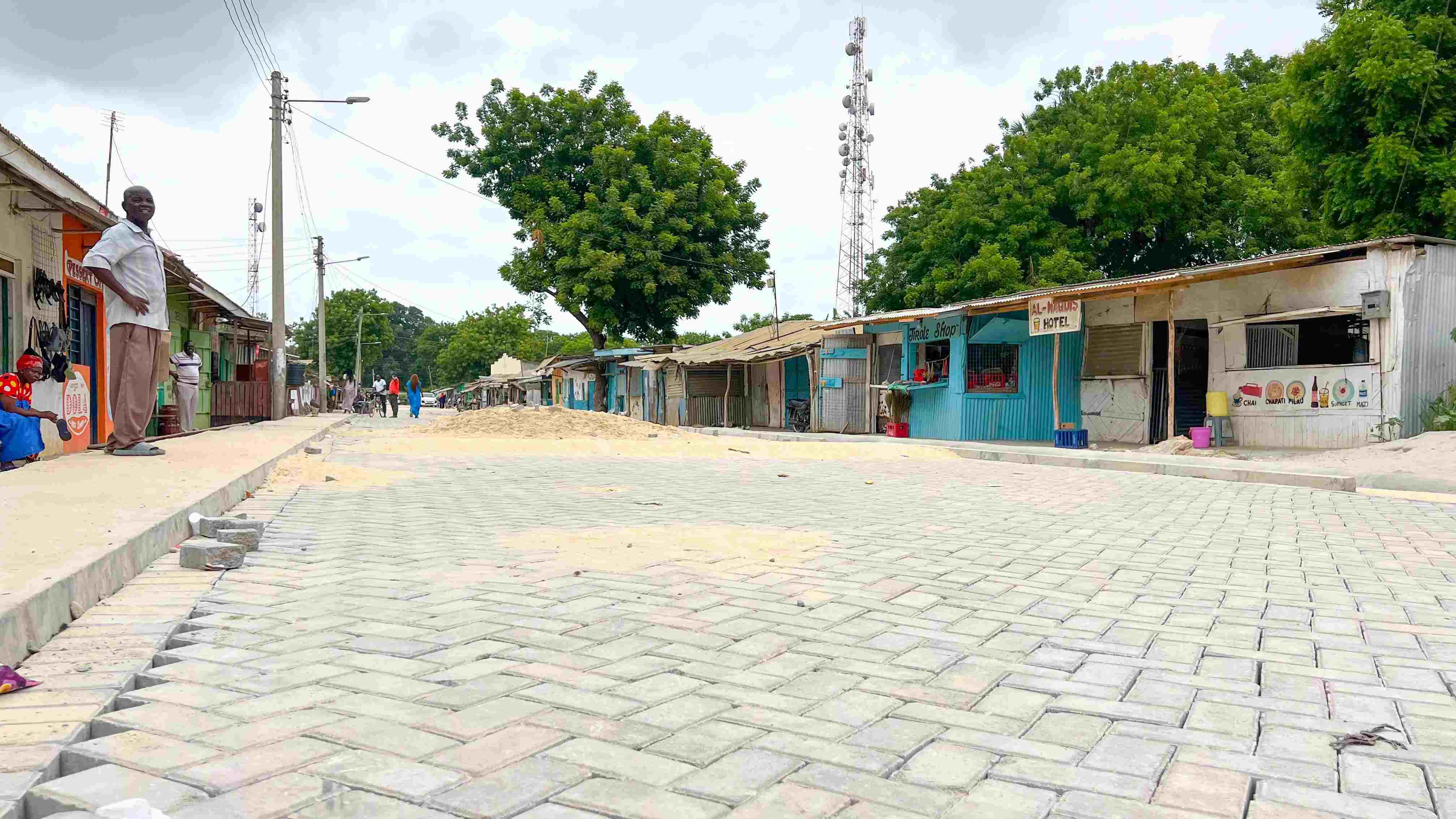 Cabros being placed on the streets of Hindi Town, Lamu West. (Photo: Farhiya Hussein)
Cabros being placed on the streets of Hindi Town, Lamu West. (Photo: Farhiya Hussein)
The other major infrastructure project being undertaken by the Lamu County Government is the construction of the Mbwajumwali Seawall.
This is the biggest infrastructure project undertaken by the devolved government this year, costing Sh25 million.
So far contractors have been invited for site visits. This will allow the contractors to fill in the tender document including the bill of quantities (BQ) and submit it through the suppliers.
The project should be completed before the closure of the current financial year.
Why is a seawall crucial in the centuries-old Village of Mbwajumwali?
Seawalls are crucial and common in almost all the islands across the Lamu Archipelago as they are erected along the seashores to prevent the overflow of water from the Indian Ocean to residential areas.
The lack of a seawall in the historical village of Mbwajumwali has many times been a nuisance to the residents.
Apart from leaving tens of houses submerged during high tides, the flooded Indian Ocean water has always posed a health risk to the islanders.
This is because, at times, the flooded water causes toilets and pit latrines to overflow, thus spewing faecal matter which ends up being left floating in the village.
The Lamu County government believes that such a seawall in place will help end such suffering.
Jimbi reiterated that apart from the seawall preventing Indian Ocean water from reaching residential places, it will also greatly help fishermen anchor their boats when they go out to the sea or arrive in the village from a day’s or night’s fishing venture.
“Boats from fishing can easily dock and be anchored well with bollards so that fishers don’t get the hustle of swimming to get into their boats and also for safety for those who can’t swim,” said Jimbi.
“Once the construction of the seawall is completed here in Mbwajumwali, we will have solved the problems that have plagued the local people for almost 800 years now. Majorly, the reason for constructing the seawall is to protect the village from the uprising or during high tides water getting into people's houses. The high water mark in Mbwajumwali is approximately 20 metres. That means like two lanes of houses get flooded and people here aren’t rich enough to construct or use the technology where houses and foundations can be raised above that level.”
Top Stories Today

